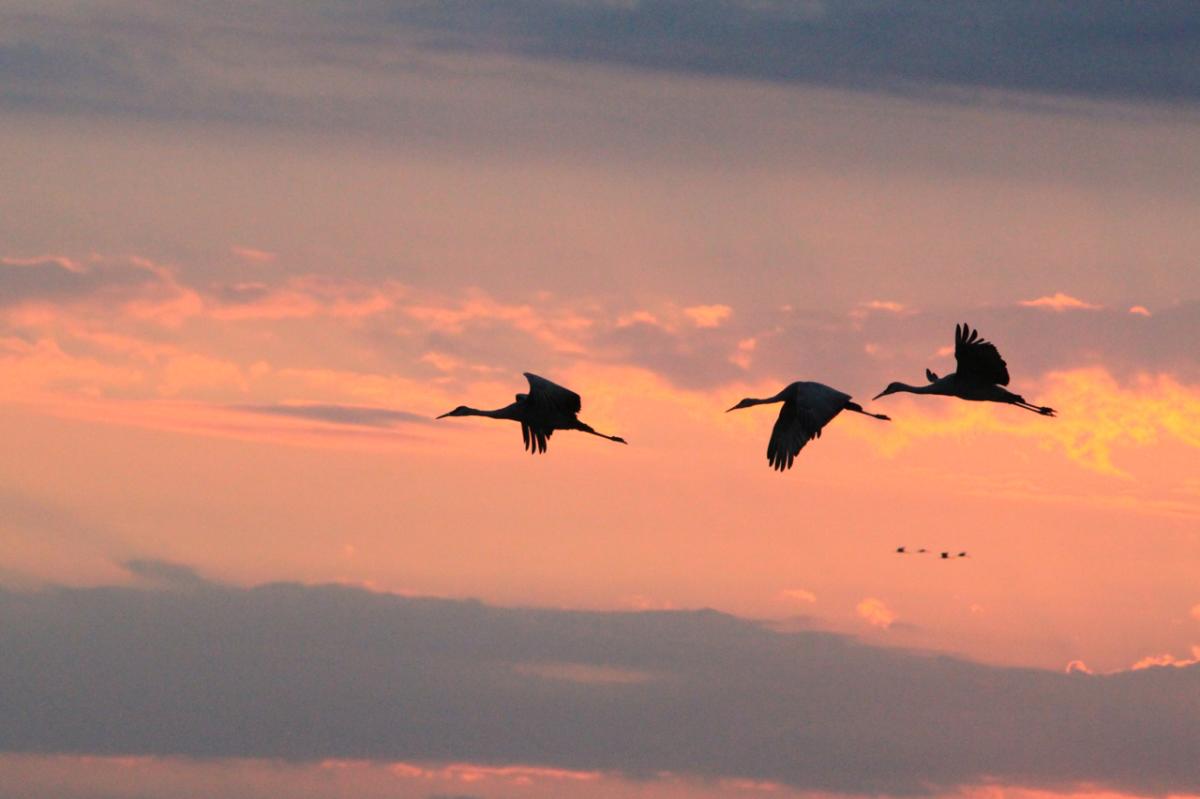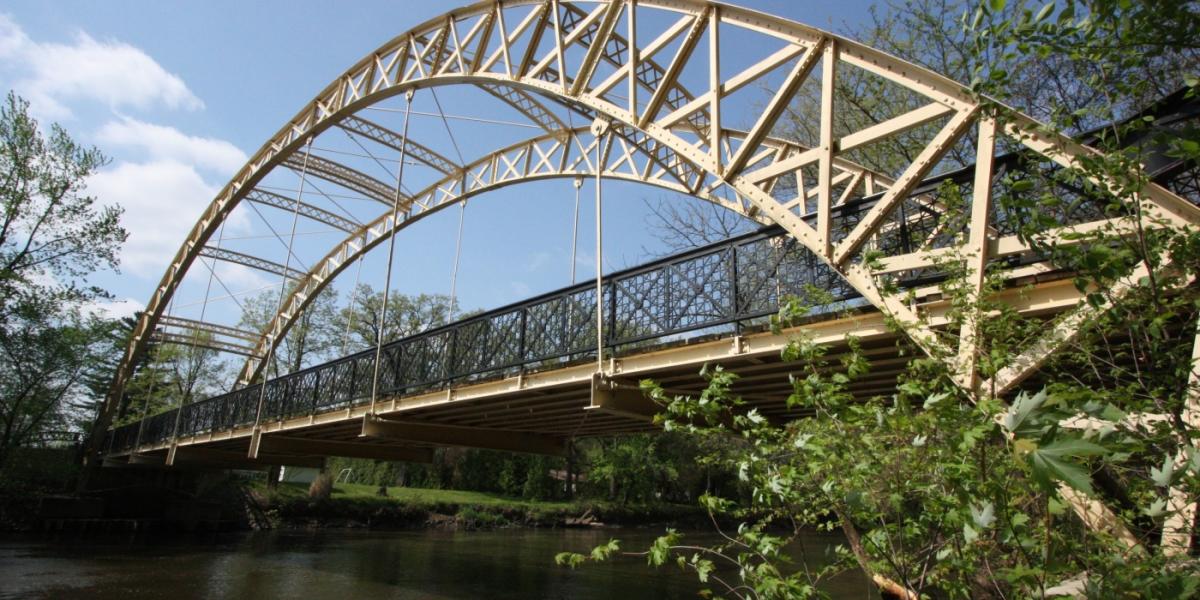Kankakee
A prehistoric playground, the massive glacial moraines just north of the Kankakee River have shaped and defined this area. Formed by ancient meltwaters that overtopped moraines, the Kankakee River was once a rushing torrent that flooded this region to create the sandy soil, black oak savannas, and sand prairies that can still be seen today. Though this landscape has changed dramatically since the 20th century to accommodate modern agriculture, many sites along the channelized Kankakee River conserve and preserve precious remnants of its native landscape, feeding and housing an abundance of wildlife in its marshes, grasslands, and woodlands.

You can experience the dramatic landscape for yourself throughout the Kankakee area, from the Jasper-Pulaski Fish and Wildlife Area—where tens of thousands of sandhill cranes gather during fall migration—to the Kankakee Sands—where The Nature Conservancy has restored 5,000 acres of wetlands and prairies.

You’ll also find cultural sites flecked amongst the haunting natural beauty of the area, such as Dunn’s Bridge, believed to have been constructed of steel salvaged from the original Ferris Wheel exhibited at Chicago World’s Fair in 1893.



